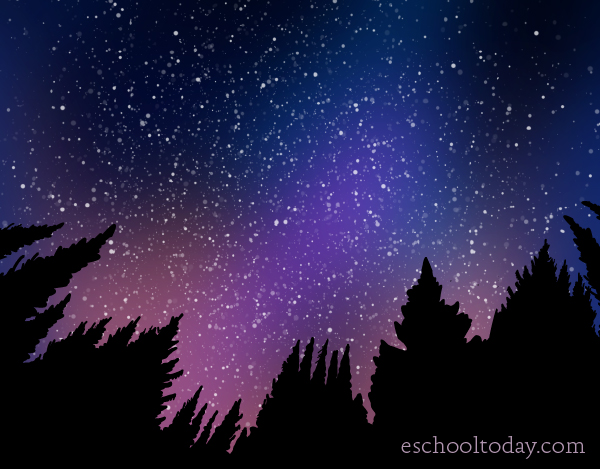- Light Pollution
Light pollution. Is it a big deal?
It is easy for anyone to see light pollution as not a big deal because the effects are usually not the kind that is frightening to hear, such as those of water and air pollution. More so, it is the kind that people in the cities appreciate more, because light pollution, which is a new concern, occurs more in the cities than in very rural areas.
“Light pollution is an increasing problem threatening astronomical facilities, ecologically sensitive habitats, all wildlife, our energy use as well as our human heritage” —International Dark-Sky Association.

Until the last few decades, humans could sit out at night and gaze into the sky’s amazing glittering stars and lights from objects in outer space.
It is not so today. Now, cities are covered with lights from buildings, streets, commercial light displays, many of which direct the lights up into the sky and many unwanted places. In England for example, it is known that only about 10% of the geographical area enjoys truly dark skies. Humans are missing out on the fascinating night-sky view that used to offer us cultural and historical values.
This is not to suggest that the lights are bad. People feel safer when dark areas are lit. People even travel from rural areas to big cities to enjoy the light at night.
The real issue is that we have become very wasteful, and apply lights to almost everything at night. Many of the lights we use are needless and cause more harm than good. In the next few pages, we will see the various kinds of light pollution and the real problems they bring, so that the subject of light pollution will be better appreciated.
